Facial Flushing & Redness
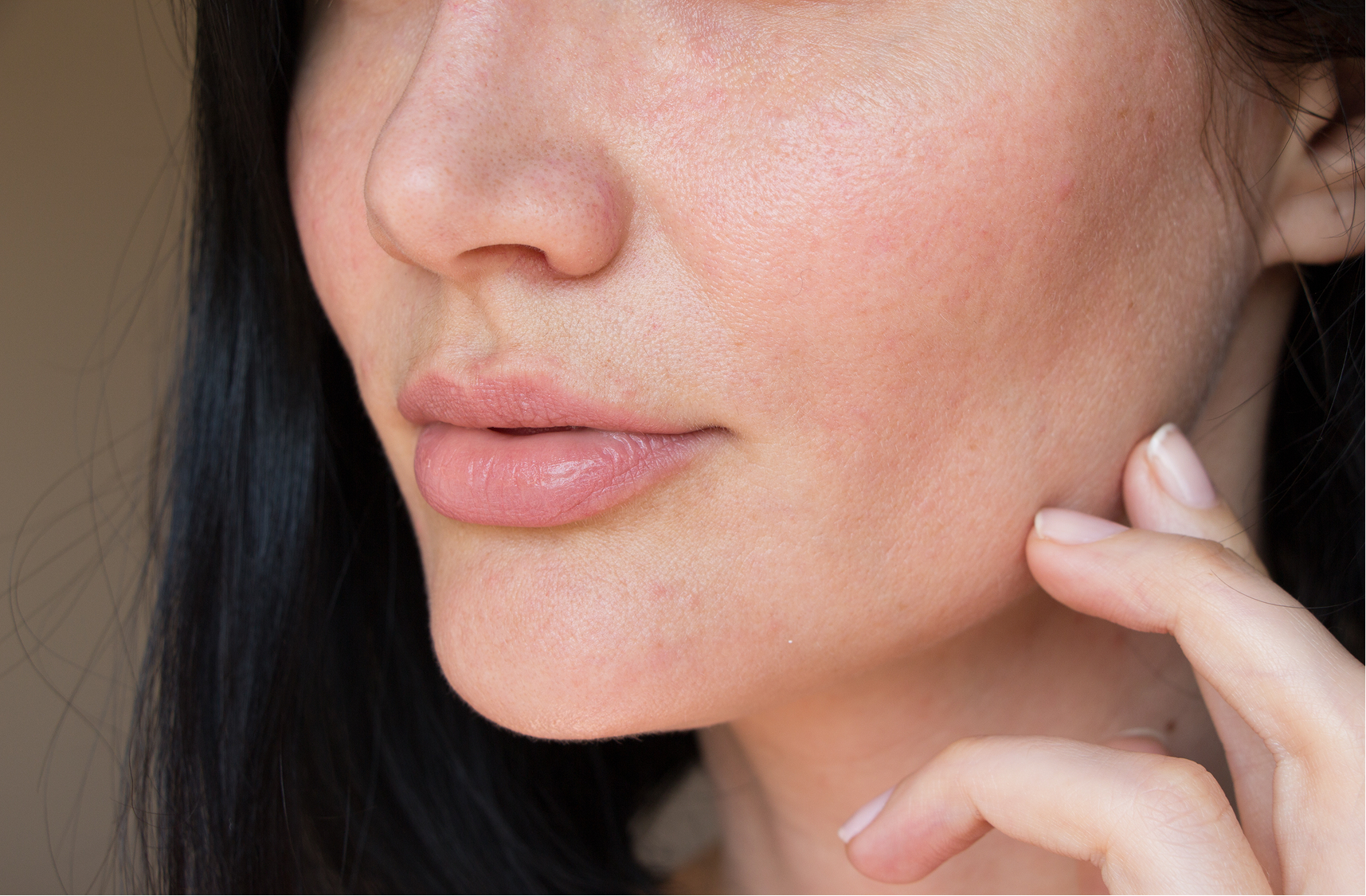
Visible redness and flushing are common appearance-related concerns that can result from vascular sensitivity, genetics, or environmental factors. These changes may cause persistent color variation or visible capillaries on the cheeks, nose, or chin.
At Preventous Cosmetic Medicine, we begin with a detailed consultation to understand the underlying factors contributing to your skin’s redness. From there, our licensed clinical professionals develop a personalized plan focused on improving skin clarity, calming visible redness, and supporting overall balance and comfort.

Treatments Options
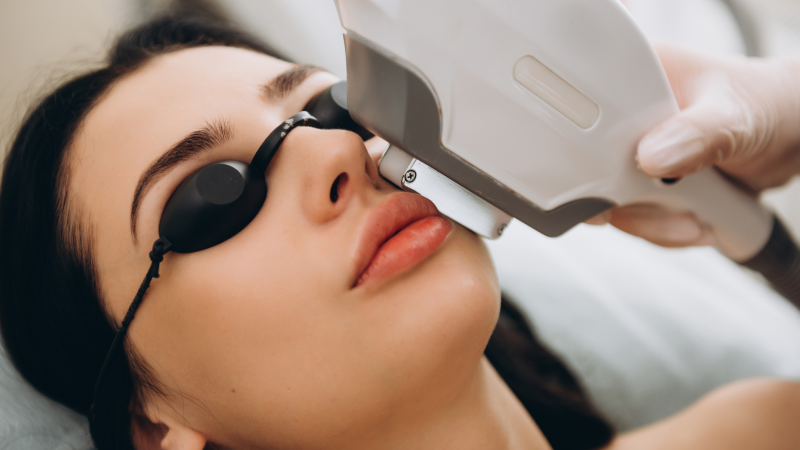
IPL (Intense Pulsed Light) delivers broad-spectrum light to target redness, broken capillaries, and uneven tone. This quick treatment has minimal downtime and can significantly reduce rosacea-related flushing and facial redness within a few sessions.

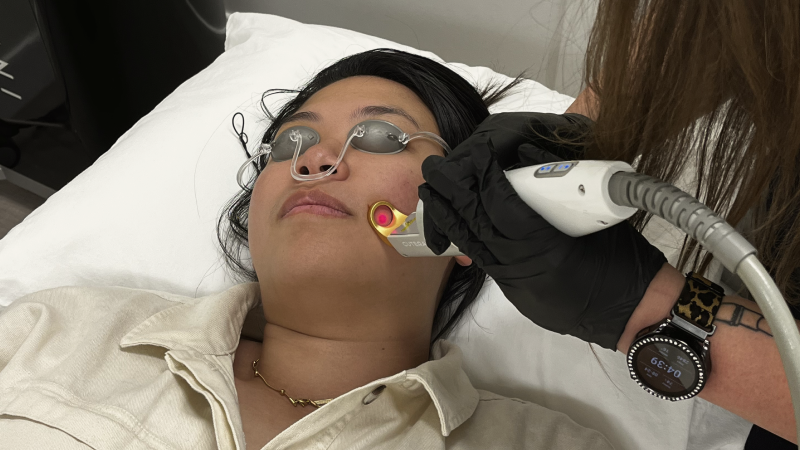
Vascular Laser uses advanced vascular laser technology to safely treat visible veins, broken capillaries, and rosacea-related redness on the face and body. It precisely targets red, blue, and purple vessels while leaving surrounding skin unharmed.


Laser Toning is a gentle, non-invasive laser that stimulates collagen, diffuses redness, and reduces inflammation. It’s ideal for calming rosacea flare-ups, refining skin texture, and improving overall clarity over time.

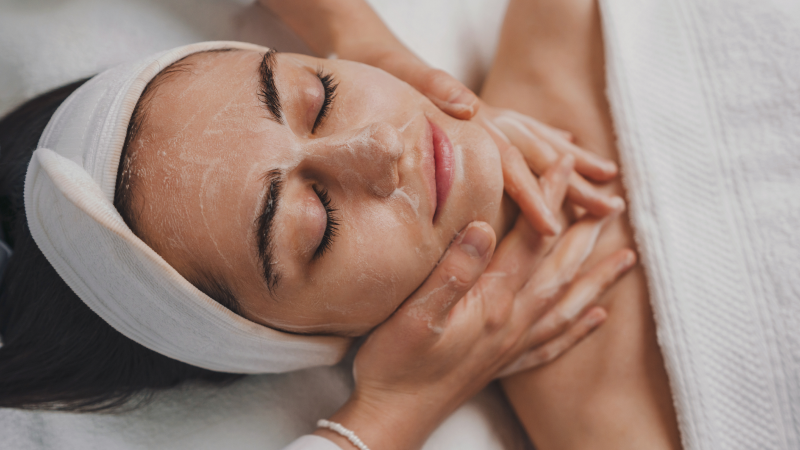
Proper skincare is essential for long-term rosacea management. Our physicians may recommend medical-grade products, topical prescriptions, and gentle cleansers or moisturizers to reduce irritation and strengthen the skin barrier.

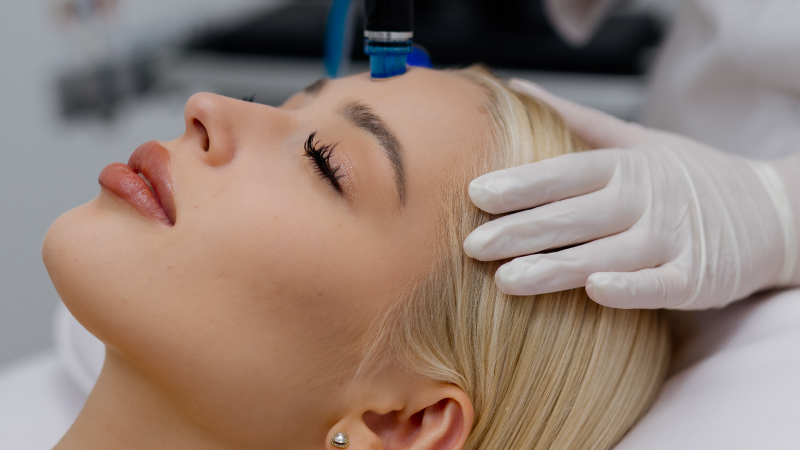
HydraFacial is a gentle yet effective option for calming rosacea-prone and sensitive skin. It delivers hydrating, soothing serums while removing impurities—reducing redness, inflammation, and visible capillaries. With consistent treatments, skin becomes more balanced, clear, and resilient.

Look and Feel Your Best with Morpheus8 Micro Needling at Preventous Clinic
Preventous is a leading skin rejuvenation clinic in Calgary, specializing in Morpheus8 treatments. Our injection specialists work with patients to identify their aesthetic goals and offer an innovative treatment that can provide the desired results. Learn how Morpheus8 micro needling can help you look and feel your best.
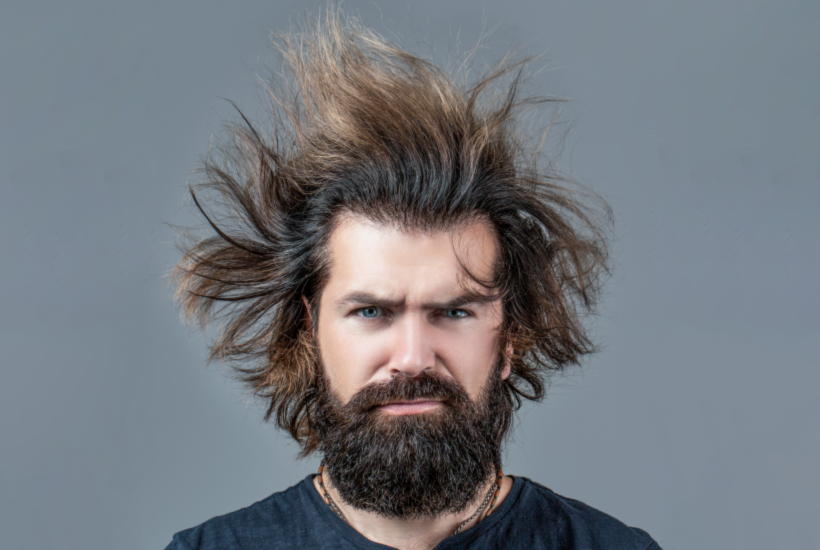

Before
After


